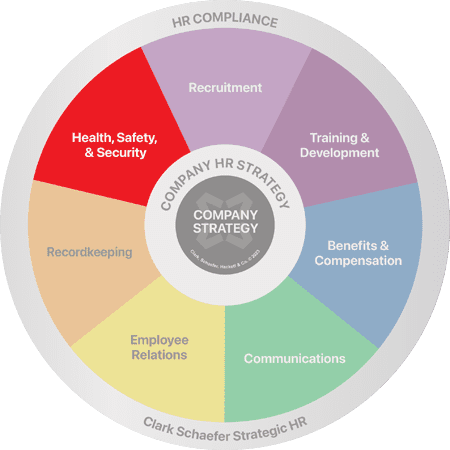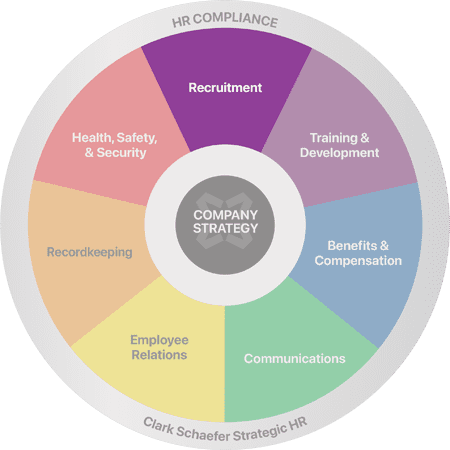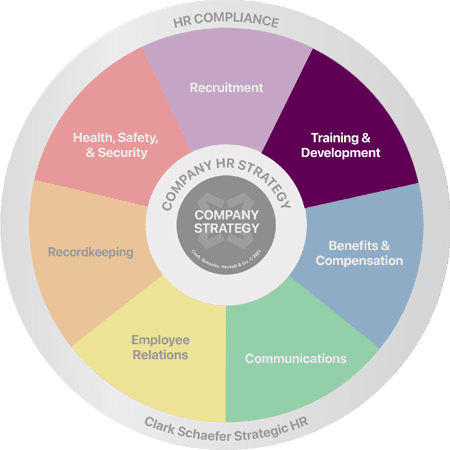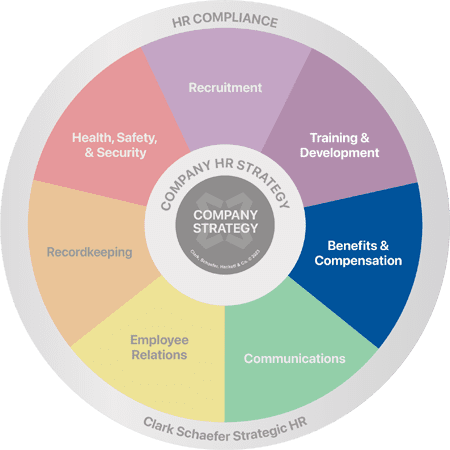Specific Ways HR Can Cultivate an Inclusive Workplace
Last Updated on June 26, 2025 / Employee Relations
HR Question:
We’re celebrating the last full week of Black History month, and we want to keep the conversation going. How can our HR department cultivate a more inclusive environment beyond Black History Month?
HR Answer:
While the month of February inspires us to celebrate the successes and recognize the struggles of Black and African American individuals across the US, this focus and spotlight do not have to (and we’d argue should not) be limited to four weeks out of the year. In “The Diversity and Inclusion Revolution,” one of the eight truths the Deloitte Review focuses on is that to create a diverse and welcoming workplace, organizations have to “perform a culture reset, not a tick-the-box program.” Celebrating the work and contributions of Black Americans during one month is not enough to build a diverse culture – rather, it can contribute to a continuous, inclusive facet of a larger and ongoing conversation; one that includes a wide range of abilities, identities, ethnicities, races, and genders.
Studies have shown that increasing the diversity of teams and leadership leads to increased innovation. Additionally, it’s no secret that diverse, inclusive, and equitable workplaces see higher than average financial performance as well. It is easy to see why cultivating an inclusive workplace is not only the right thing to do; it is also a smart business decision. So as you look for ways for HR to continue to nurture and grow a more inclusive environment beyond February, we offer the following suggestions.
Embrace 3 Pillars of Diversity and Inclusion
After studying the most productive workplaces around the world, Gallup identified three requirements for a diverse and inclusive workplace culture:
- Employees are treated with respect
- Employees are valued for their strengths
- Leaders do what is right
By viewing diversity and inclusion through a broader lens as Gallup has, it opens the door for everyone to see how they can play a role. It’s naturally HR’s role to facilitate open conversations amongst employees, managers, and executives, including facilitating eye-opening and bridge-building conversations about how to understand and respect one another’s differences and the value that these differences can bring to our professional and personal lives.
In addition to having meaningful conversations that foster a respectful and inclusive environment, we recommend that you review your employee handbook to ensure that your policies and practices fully support diversity and inclusion in your organization. For example, do you have a clear path for employees to go to HR should they have concerns about the inclusivity of their workplace?
Provide Training that Meets Employees Where They are in the Journey
As your organization continues to foster a culture of inclusion and belonging for everyone, it’s important that your employees have the tools and common language to talk through related topics and issues together. When it comes to understanding diversity and how we can learn from one another, there is not a lack of potential training and development experiences. No matter where your employees are on this journey, it is important to continue to provide education and opportunities for growth. If you don’t feel that you are best equipped to educate employees on the subject matter, you may feel inclined to bring in a reputable speaker or training facilitator to optimize the experience.
Look for Ways to Foster a Sense of Belonging
There are many ways that HR can be purposeful in cultivating an inclusive culture. You can look for opportunities throughout the year to recognize important dates or impactful cultural events and help employees to celebrate them. For example, Juneteenth was recognized as a federal holiday beginning in 2021 – does your organization have plans to celebrate, recognize, or highlight the holiday? Can your employees take time off through established or floating holidays without utilizing their PTO in order to celebrate?
With the goal of creating an inclusive environment, consider providing forums and welcoming spaces for members of various affinity communities to exchange ideas, find mentorships, encourage a sense of belonging, and network. These groups could range from different ethnic and cultural backgrounds to LGBTQIA2S+, women, young and emerging professionals, and more. For example, look to GE’s Employee Resource Groups, which exist for the purpose of welcoming “all employees to learn, connect, advocate, and foster a sense of belonging.”
Get Involved in Your Local Community
As the Deloitte Review emphasized, “match the inside and the outside.” Internal efforts to continue the conversations emphasized during Black History month or other diversity and inclusion initiatives can be more effective when matched with external efforts to make a difference in your local community. Look for outside opportunities through community action groups or nonprofit organizations. You could also consider paying employees for their time and efforts contributing to a more inclusive and welcoming society.
As we mentioned, there are countless ways that HR can cultivate an inclusive workplace, so we hope that these suggestions inspire even more ideas for how you can nurture diversity, equity, inclusion, and belonging in your organization.
Thank you to Mary Mitchell, MBA, SPHR, CHRS; Melinda Canino, MS; and Samantha Osborne Kelly for contributing to this edition of our HR Question of the Week.
Having an inclusive organizational culture that contributes to your organization’s overall success doesn’t happen by accident. It needs to be nurtured. Learn how we can help you to nurture your culture through our DEIB Consulting Services, or contact us today.










